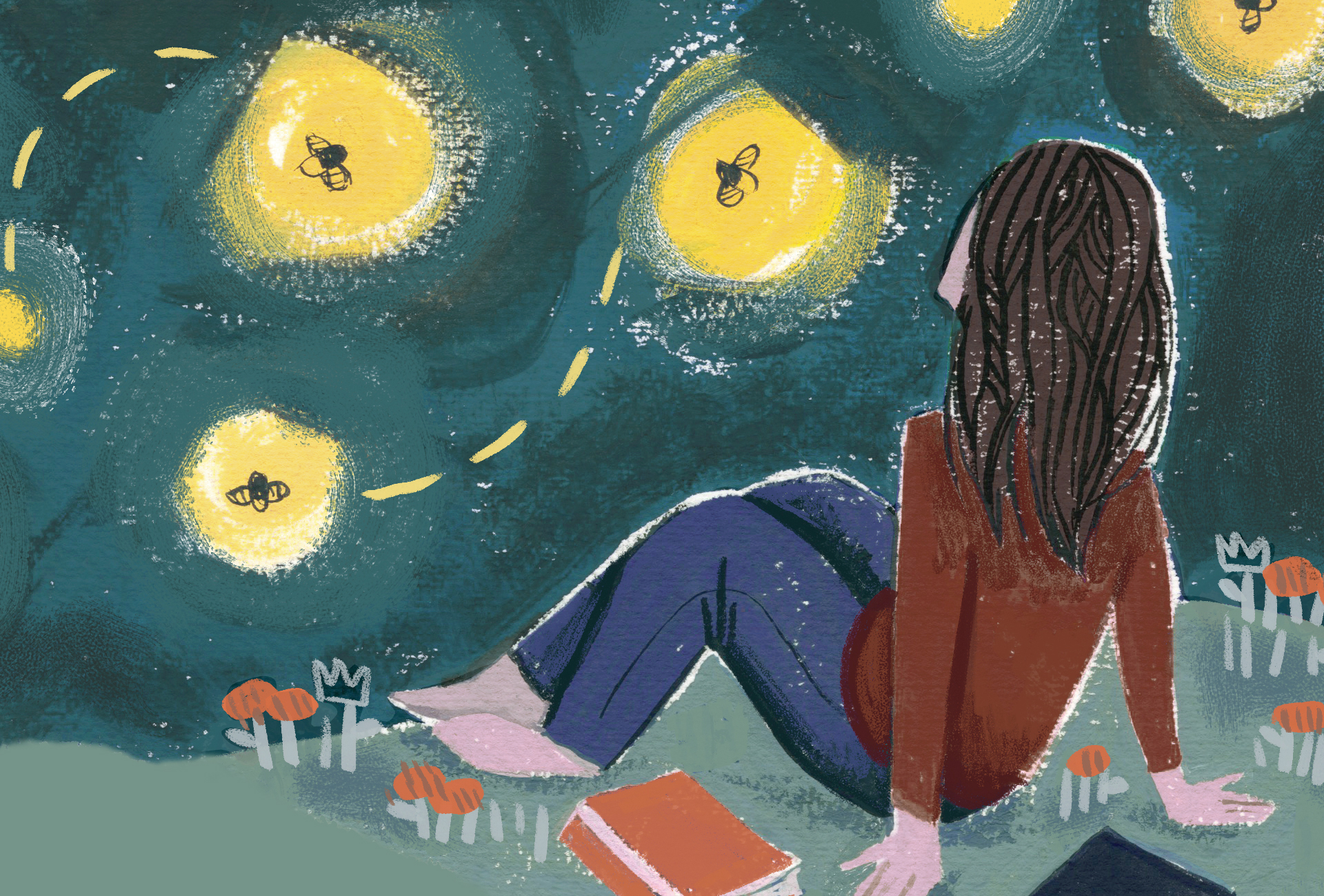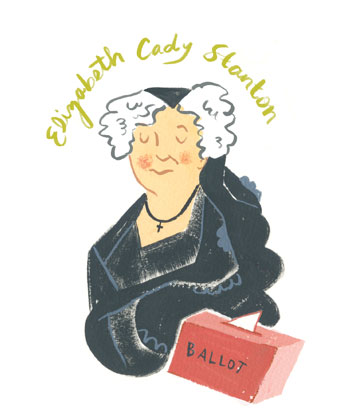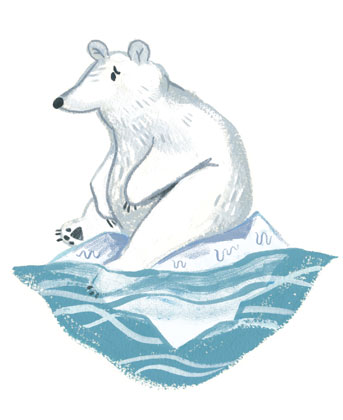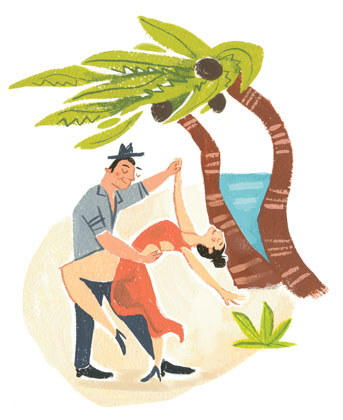It’s not uncommon for the College of Liberal Arts to break the Registrar’s website.
Not on purpose — the interdisciplinary nature of the courses offered in liberal arts do not always mesh well with a system that was designed around rigid department codes. The level of collaboration among faculty members across departments to create in-depth, fascinating courses that are applicable for students of all majors is one of the unique things about our college.
One thing that all the courses have in common despite the diverse subject matter is an emphasis on reading, writing and critical thinking. Susan Somers, a College of Liberal Arts senior academic advisor at UT Austin for almost five years, emphasizes the deeper meaning behind these skills.
“A liberal arts education teaches you how to interact with other humans in a deeper way,” Somers says. “In liberal arts classes, students interact with many different types of people — some who may have beliefs that surprise or concern one another. A degree in liberal arts teaches us how to interact in a respectful manner and seek what’s valuable in others’ perspectives, while also remaining a strong advocate for our own positions and values.”
With more than 1,000 classes offered to liberal arts students each semester, choosing just a handful is tough. Casey Bushman, a liberal arts advisor who received a 2015 Outstanding New Advisor Award from the National Academic Advising Association (NACADA), gives students guidance on how to get the most out of the course catalog.
“Each semester, I recommend students take three or four courses that excite and interest them and one or two wildcards on topics they haven’t considered before or know little about,” Bushman says.
The following five classes are good contenders for those wildcard spots. They delve into complicated, important themes and prepare students to communicate with and think critically about the world.
Women in the History of Political Thought
Taught by Dana Stauffer
Government, Core Texts & Ideas
After an eight-year hiatus, government lecturer Dana Stauffer is bringing back her class on women and political theory.
“I aim to show students that questions about gender, the family and the relations between the sexes are not side issues for political theory; they are central to it,” Stauffer says. “I hope students come away from the course with an understanding of how the great minds of the past have thought about the status of women and the nature of the family, and how their views on these issues were connected to their conceptions of human nature and the human good.”
The course delves deep into the history of political philosophy, from analyzing ancient Greek political thought and drama at the beginning of the semester to studying the development of early feminism at the end. Stauffer uses the extreme perspectives of some scholars — such as Plato’s theory that abolishing the private family altogether was the only way women could gain equal status, and Charlotte Perkins Gilman’s call to ban the private kitchen — to help students clarify and refine their own views.
Exposing students to these new ideas and historical context could not be timelier, as it coincides with the 2016 presidential race.
“We are heading into the first presidential election in which a serious contender for that office will almost certainly be a woman,” Stauffer says. “It will be fascinating to see how issues of gender enter into the election, as they undoubtedly will, and to see in what ways the public opinion has shifted its thinking on women and the family, and in what ways it remains more traditional.”
Environmental Science: A Changing World
Taught by Kelley Crews and Thoralf Meyer
Geography & the Environment
The essence of Environmental Science: A Changing World is to provide liberal arts students with a course that is taught with the same scientific rigor as it would be in any other college on campus. That includes building a sound scientific vocabulary and lab work where hypothesis testing and experiential learning are key.
Thoralf Meyer and Kelley Crews have their work cut out for them when it comes to teaching a topic that is constantly evolving. Students are not only given a foundation by learning the history of monumental events such as the Love Canal disaster; they’re also covering the most recent developments in environmental science.
“No matter how many times you have taught this class, you are often working on updating it weeks and even hours just before teaching,” says Crews. “You want the material to be as fresh as possible — students both demand and deserve to be current on what’s happening.”
The course has had a profound effect on students who have taken it since its establishment at UT Austin nine years ago.
“We have had students who have gone on to funded graduate school positions and those who have assumed leadership positions and NGO roles,” Crews says. “Most of all, we have alumni citizens who know how to critically examine the information overload we all confront each day and make sustainable choices. Being a wise consumer of information and making responsible decisions is more important than ever.”
This past spring, Crews and Meyer were awarded a 2014-15 Sustainability Course Development and PLUS (Peer-Led Undergraduate Studying) Award, a $2,500 grant that will allow them to adapt the class to the PLUS model, featuring weekly study groups led by student volunteers. The award is providing a scholarship to their first peer leader, Paige Lambert, an environmental science senior, as well as aiding in the acquisition of much-needed lab equipment.
In addition to carrying the Quantitative Reasoning, Writing and Ethics & Leadership UGS flags, the course is also the inaugural gateway course of the College of Liberal Arts’ new sustainability studies major, which officially launches in fall 2016.
Deviant Bodies: Disability, Race, Sexuality
Taught by Julie Minich
English, Mexican American & Latina/o Studies, Women’s & Gender Studies
Julie Minich’s Deviant Bodies class challenges the way students see and react to others through our shared societal norms.
The course examines the intersection of disability with race and equality by studying contemporary literature by writers of color in the United States. By defining disability broadly to include elements such as neurological differences, illness and other forms of embodiment such as fatness, it gives students an in-depth perspective on how people are labeled as capable, beautiful or fit.
“We discuss throughout the semester how prevailing ideas about bodies — that they should look, function or even smell a particular way — have become powerful proxies for prevailing ideas about race, gender and sexuality,” Minich says. “This is one way that oppression persists even as overt racism, sexism and homophobia become socially unacceptable.”
The syllabus for the course was designed around Minich’s belief that reading carefully, writing persuasively and thinking critically are among the most important skills that students develop.
“My hope is that this course will challenge students to examine ideas they have taken for granted for most of their lives about what traits make other people beautiful, healthy, capable, worthy of love or socially valuable,” says Minich. “This doesn’t mean that I necessarily want students’ ideas about these categories to change, just that I want them to subject these ideas to critical scrutiny, and, in the process, deepen their ability to think critically about the many ideas that circulate in our society as ‘common sense’ that might need some shaking up.”
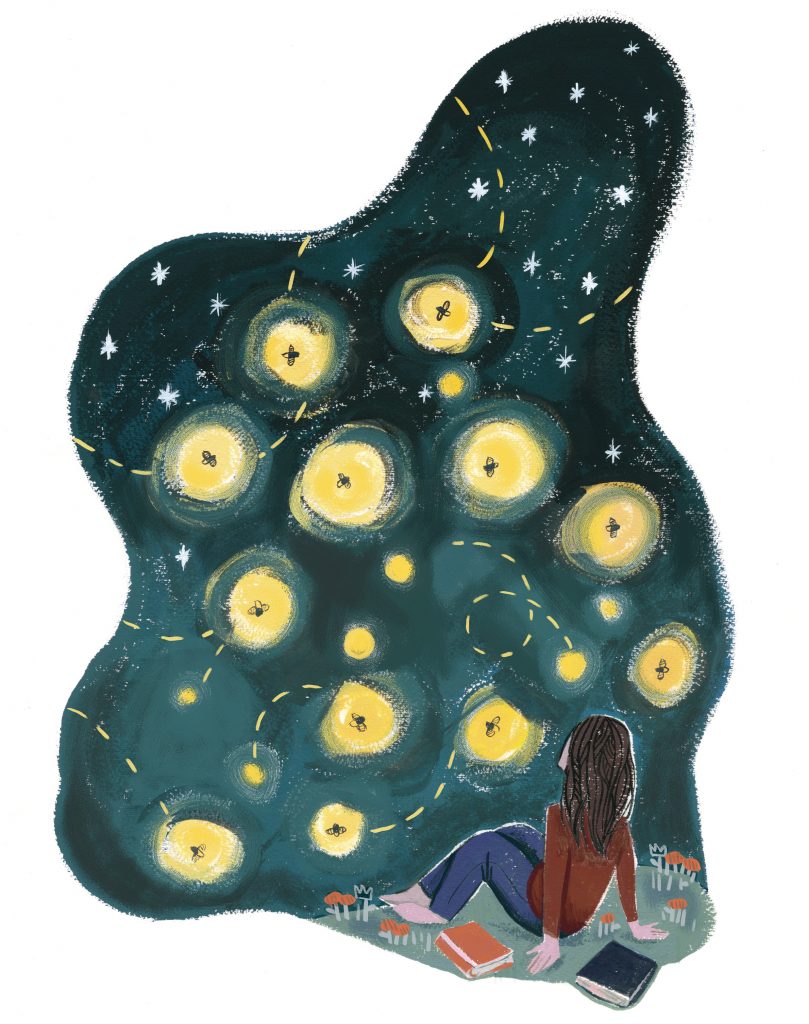
Digital Storytelling
Taught by Casey Boyle
Rhetoric & Writing
The way we tell stories is rapidly evolving in the Digital Age, and Casey Boyle’s new rhetoric & writing course is helping students learn to adapt to and critique that process.
Digital Storytelling gives students the opportunity to research, document, compose and share narratives using new media techniques, Boyle says. The class gives students a space to interact with public and civic resources such as archives and museums while using text, audio, visual and video technology to present their research in a digital environment.
“When possible, I try to use either open source or widely available applications in the course,” says Boyle, an assistant professor in the Department of Rhetoric & Writing. “Audio editing tools like Audacity and image editors like GIMP offer very powerful programs for free, and widely available video editing software such as iMovie or MovieMaker are usually standard on most computers. By opting to teach these programs, students are learning to use tools that they will have access to long after the semester is over.”
Providing students experience with digital tools is just one component of the course, however.
“It’s designed to give students experience in composing with digital tools but also to understand the ways that digital technologies help shape how we understand our world,” says Boyle. “The course will help equip students with practical skills for composing with new media, as well as help students read such media more critically.”
Maymester: Cuba in Question
Taught by César Salgado
Spanish & Portuguese
When the announcement came from President Barack Obama on Dec. 14, 2014, that the United States would be restoring diplomatic relations with Cuba, Spanish & Portuguese associate professor César Salgado knew his plan to take a group of undergraduate students to Cuba was more necessary and relevant than ever.
Study abroad programs are a form of experiential learning that is key to a liberal arts education, and establishing a program in a country that is somewhat mysterious to many in the U.S. was compelling. An expert in Cuban visual culture, Salgado designed his course to show students Cuba’s cultural and political history and future by experiencing elements such as art, architecture, film, literature and media firsthand.
“I thought it could be great to have a program in which I could bring students to Cuba instead of showing slides on a screen,” Salgado says. “It’s a way for them to think and research and experience issues of visual culture in the island itself.”
Salgado’s group of 18 students traveled from Havana to Santiago over four weeks this summer. They were the first students from UT Austin to travel to Cuba as part of an institutional program. Prior to the trip, they attended weekly classes throughout the spring semester to complete coursework and readings that would prepare them for lectures and excursions in Cuba.
Salgado acknowledges the still-controversial atmosphere of Cuba-U.S. relations, but he says he does not lecture with a specific viewpoint in mind.
“I want students to make up their own minds,” Salgado says. “A student that is capable of producing a strong testimony of what he or she accomplished in this program is bound to become a very qualified type of professional. I’m looking at what students will accomplish five, 10 years from now — how they’ll be able to think about the world after this experience. It’s up to the individual students to determine what they’re going to do with what they learn from it.”
